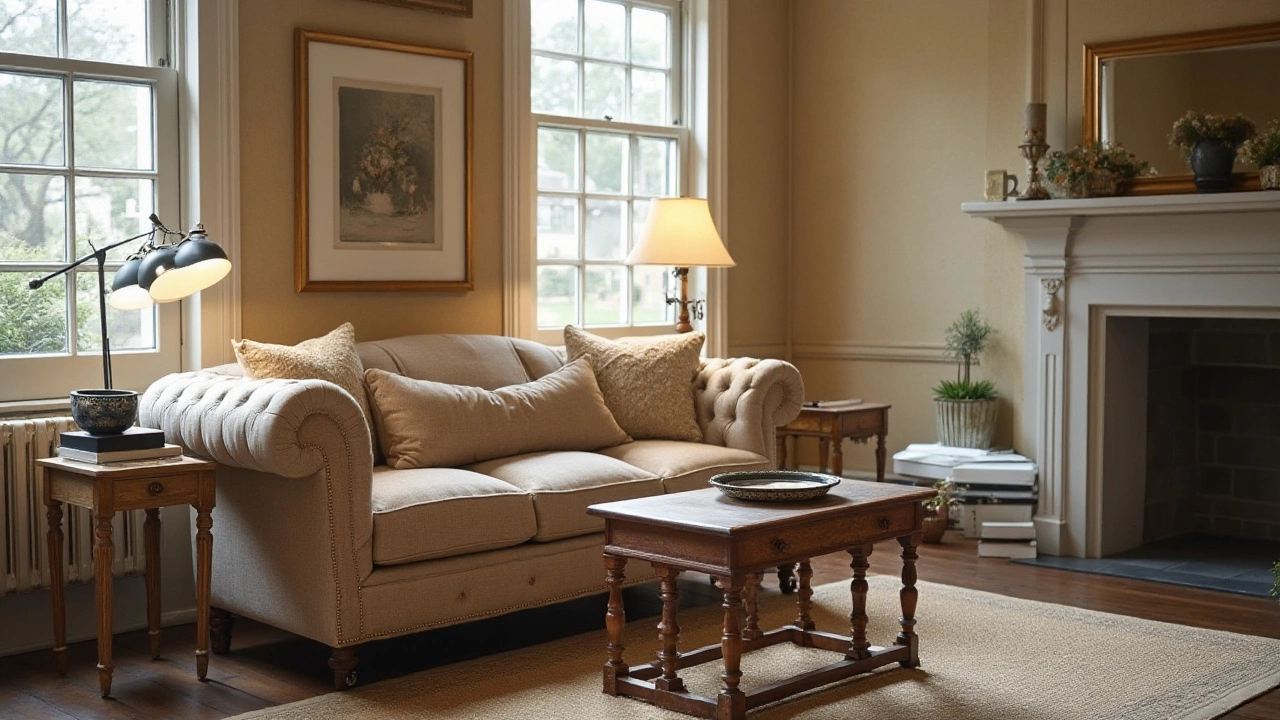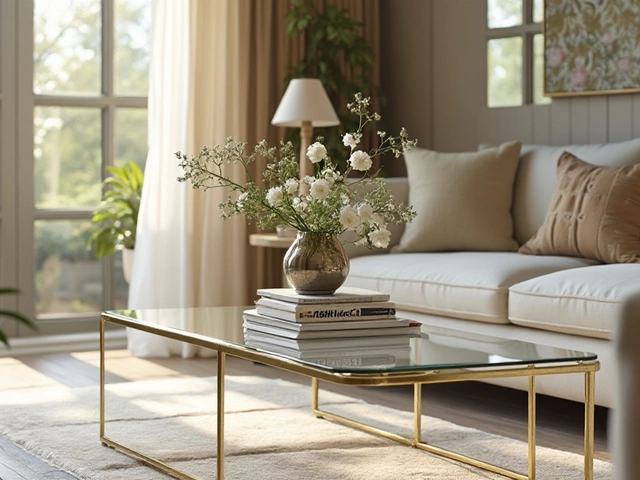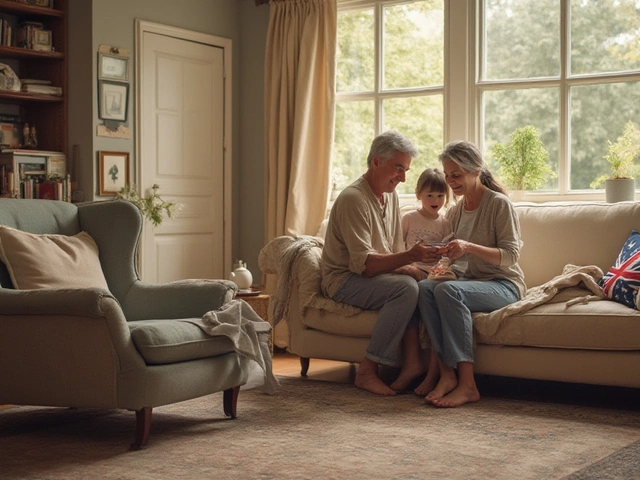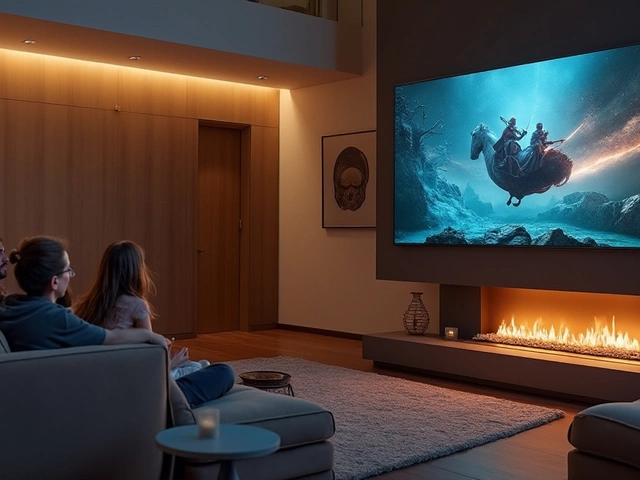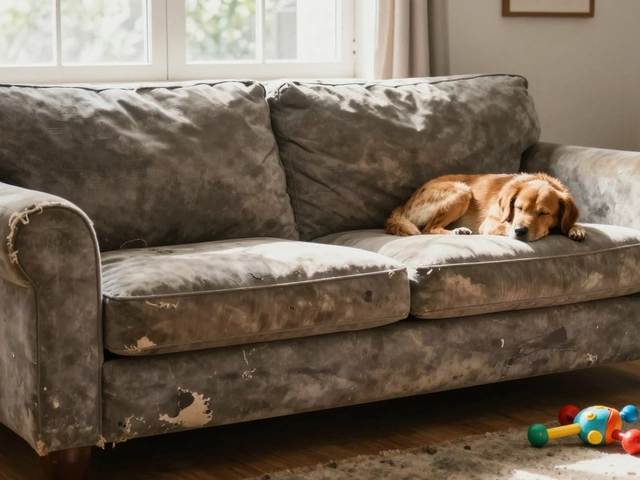Ideal Coffee Table: How to Pick the Perfect One for Your Space
When you walk into a living room, the coffee table is the first thing you notice. It holds mugs, books, remote controls, and even becomes a conversation starter. Picking the right one isn’t just about looks; it’s about function, size, and durability. Below you’ll find a step‑by‑step guide that helps you decide what works best for your room without over‑thinking.
Size Matters: Getting the Right Dimensions
The first question is: how big should the table be? A good rule of thumb is to leave about 45‑cm (18‑inches) of space between the edge of the sofa and the edge of the table. This gap lets you reach drinks easily and keeps foot traffic smooth. Measure the length of your sofa and subtract that clearance – the result is the maximum width you should consider.
Height is next. Most coffee tables sit between 40‑cm and 50‑cm (16‑20‑inches) tall, matching the height of standard sofas. If your sofa seats are lower, you might want a shorter table to keep the line of sight comfortable. For higher lounge chairs, a slightly taller table (up to 55‑cm) can look balanced.
Length and depth follow the same logic. A rectangular table works well in long, narrow rooms, while a square or round shape fits better in square or compact spaces. Round tables prevent sharp corners, which is a plus for families with kids or pets.
Material & Thickness: What Works Best
Wood is a popular choice because it feels warm and can handle daily use. The key is the thickness of the tabletop. For solid wood, 2‑cm (¾‑inch) thickness offers solid stability without making the piece feel bulky. If you prefer a lighter look, engineered wood with a 1.5‑cm (½‑inch) top and a sturdy frame still provides good support.
Glass tops look modern and make a room feel bigger, but they need careful handling. A tempered glass panel of at least 6‑mm thickness is safe for everyday use and resists scratches better than thinner options. Pair glass with a metal or wood base to keep the table steady.
Metal frames add an industrial vibe and are ultra‑durable. Look for steel or aluminum legs that are at least 3‑mm thick, and make sure any welds are smooth to avoid snagging clothing. If you combine metal with a wooden top, you get the best of both worlds: strength and warmth.
Don’t forget the finish. A matte lacquer protects wood from spills, while a natural oil finish lets the grain breathe and can be reapplied over time. For glass, a simple water‑based cleaner is all you need.
Finally, think about storage. Some coffee tables come with drawers or lower shelves that hide magazines, remote controls, or blankets. If you have a small room, a table with built‑in storage can reduce clutter without adding a separate piece of furniture.
In short, the ideal coffee table balances size, height, material, and extra features to suit your lifestyle. Measure your space, pick a thickness that feels solid, and choose a finish that matches your décor. With these basics covered, you’ll end up with a table that looks great, works well, and lasts for years.
